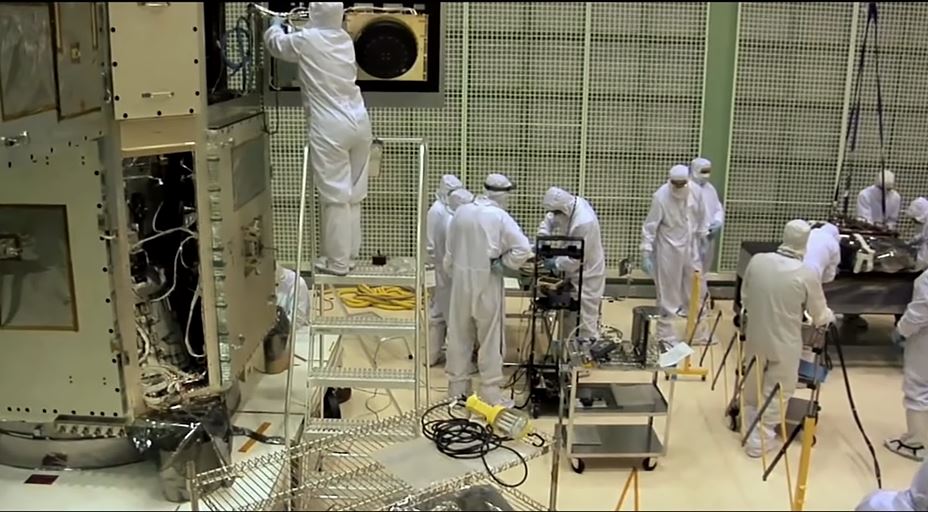The United States’ program for high-skilled immigrant workers, H-1B visas, is a portion of the immigration picture that even President Donald Trump has said is necessary and should potentially be expanded. "We absolutely have to be able to keep the brain power in this country,” said then-candidate Trump in 2016 as he was in the hunt for the GOP nomination.
As they explore the many facets of this nation’s immigration policy, the filmmakers at the Rational Middle took a deep dive into the details of how the H-1B works and what challenges the program may face.
“In the immigration debate of recent years, the focus has been squarely landed on bringing people to America who have high skills and education,” said filmmakers Gregory Kallenberg and Loren Steffy on their website.
"We're not necessarily the king of the world economy today and we feel that we're losing ground," said Tony Payan, Director of the Mexico Center, Baker Institute at Rice University in Houston. In 1946, the United States represented roughly 50 percent of the world’s GDP. But that number has dropped to roughly 17 or 18 percent, Payan said.
Immigrants represent 25% of American scientists and Payan argues that if those visas were phased out, "Those jobs would simply go vacant because US citizen students are not studying the right kinds of things.” To change that, the US would have to invest in American-born students pursuing degrees in the right disciplines who could then fill those jobs over time.
“If you're going to pursue those kinds of policies you have to think about them comprehensively with the economy, the labor market, and the education system," Payan said.
Alex Nowrasteh, senior immigration policy analyst at the Cato Institute, noted that there’s an annual cap on H-1B visas at 65,000 plus 20,000 for those who graduate from American schools. But for nonprofit research institutions there is no numerical cap, Nowrasteh said.
The immigrants using those visas are not just working in the tech sector, said Dan Griswold at George Mason University. They are also used in health care, business, finance, manufacturing, and other industries. "Technology is not just in Silicon Valley, it's throughout our economy,” Griswold said. “They need these high skilled workers to fill jobs where there simply aren't enough Americans.”
It’s estimated that about 400,000 of these kinds of jobs are unfilled.
"We have to look at that and have a smart policy to benefit us and not just say ‘jobs should go to US workers’ when there aren't any for some of these jobs," said Deborah Notkin, who serves on the National Labor Liaison Committee.
Theresa Cardinal Brown, Director of Immigration and Cross Border Policy at the Bipartisan Policy Center, said that even if there was an overnight increase of 50 percent in the number of Americans perusing degrees in science, technology, engineering, and mathematics, or STEM, it would take more than a decade to see them graduate to fill these positions.
"For the foreseeable future we're going to have to still rely on a large portion of foreign nationals even if we did everything right," Cardinal Brown said. That’s part of why she and others argue the US should expand the program instead of even consider cutting it back.
"How do we shift our immigration system to focus more on the economic value?" Cardinal Brown asked. "If we hamper ourselves in one way or another, I think it will hurt us in the long run.”
Check out the entire video below.


